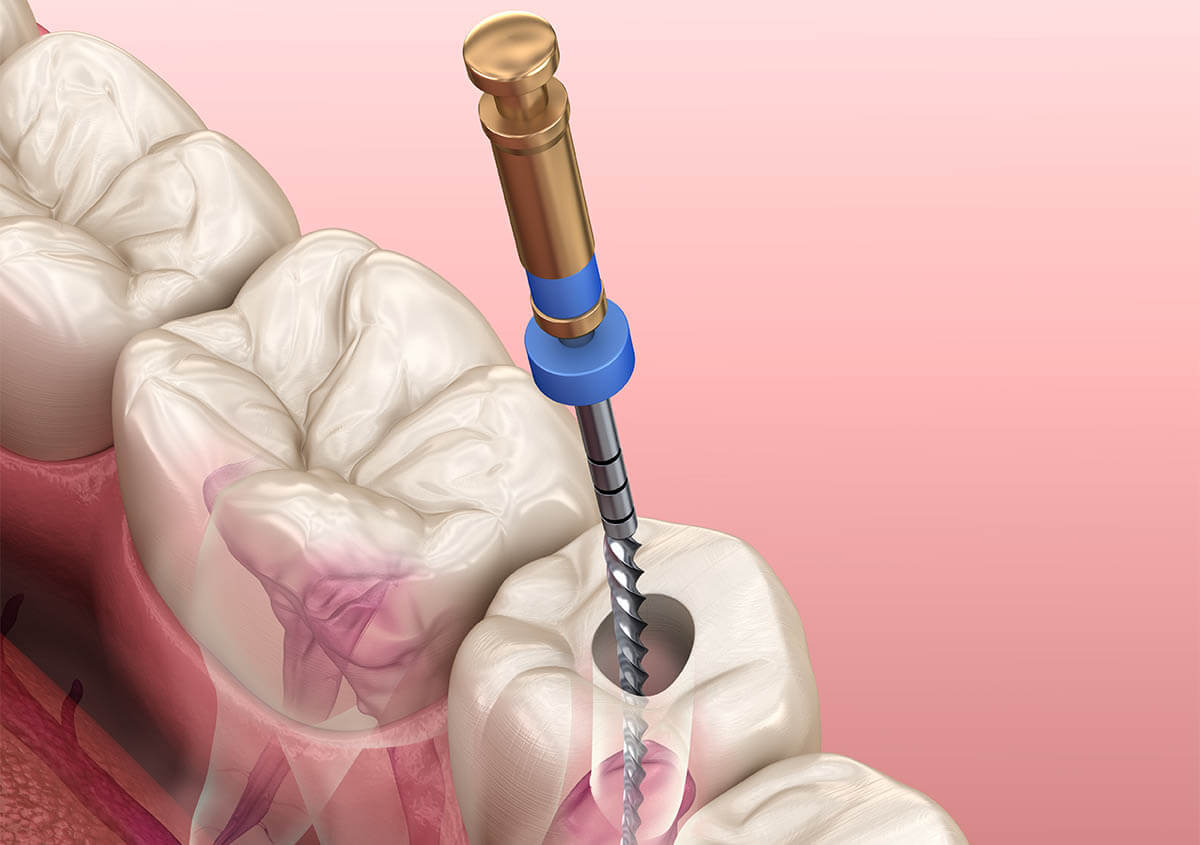Root Canal TherapyRoot Canal Therapy in Prescott, WI
If you are suffering from severe tooth pain, we encourage you to contact our office as soon as possible to schedule an appointment with us. Our knowledgeable, compassionate team has the experience and technology necessary to complete root canal treatments efficiently and with as little pain and discomfort as possible. Schedule your appointment today!
Book Appointment
The Root Canal Process

After a local anesthetic is applied around the affected area, a drill is used to create a small opening in the top of the tooth. Then, your dentist will begin clearing away the infected tooth pulp and cleaning the inside to kill any bacteria. Finally, the tooth is filled and a temporary filling is used to close the top of the tooth. Once your permanent crown is placed over the tooth at a follow-up appointment, the tooth is considered fully restored and should no longer be causing pain or any other symptoms.
Signs You May Need a Root Canal
The best way to determine if you need a root canal or another dental treatment is by making an appointment for an official diagnosis. If you think you may need a root canal, here are some common symptoms that usually indicate a root canal may be necessary:
- Severe, unrelenting tooth pain
- Sensitivity to hot or cold food or drinks
- Change in tooth color
- Swelling in the surrounding gums
- Tenderness in the surrounding gums
- A small bump on the gums near the tooth

How much does a root canal cost?

The amount that insurance covers varies from plan to plan, and the actual cost of the root canal depends on different factors like which tooth was affected and the kind of dental restoration that’s needed after the tooth is cleaned and sealed. We are insurance friendly and accept cash, credit, FSAs and HSAs, and payment plans through CareCredit®. If you have any questions about paying for your root canal treatment, you are always welcome to call our office, submit a question through our online contact form, or visit our financial page.
Frequently Asked Questions
Root canals used to be very painful, but thanks to advancements in dental practices and technology, root canals are no longer a dental service to fear. In fact, there is not much difference between having a cavity filled and getting a root canal from the patient perspective. Root canal treatments are usually much less painful than the tooth infection itself.
A cavity is tooth decay that is closer to the surface of the tooth and requires the decayed part to be removed and replaced with a filling. A root canal treats the inside of the tooth where the roots are, and clears away the tooth decay and infection.
When a root canal becomes necessary to treat a tooth, the only other option is to remove the tooth completely. Most patients and dentists would rather avoid this if the tooth can be restored and the healthy parts can remain. If left untreated, there is a risk that the infection will spread to other parts of the mouth, face, and neck.





